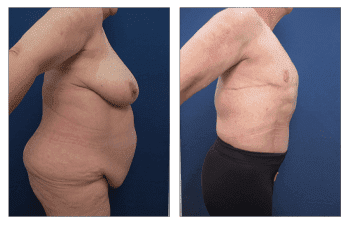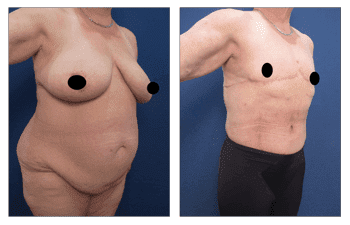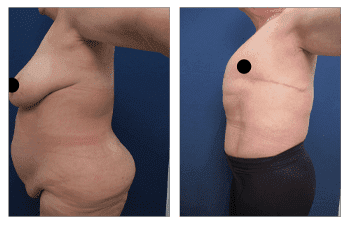




Gender reassignment surgery is the process of surgically assisting a patient’s transformation from one gender to another to make them feel more at home in their body. The process can go both ways, from male-to-female or female-to-male. Gender reassignment surgery uses surgical techniques to either feminize a masculine body or masculinize a feminine body. The areas targeted are the breasts, abdomen, waistline, buttocks, and back.
Gender Reassignment for Breasts
For males undergoing a transition to a female, the breasts will require an augmentation with silicone implants. Saline implants cannot be used because male breasts do not have enough tissue to go on top of the implant and would demonstrate rippling of the overlying tissues.
For females undergoing a transition to male, the breast requires a modification of the traditional mastectomy surgery. The modified breast mastectomy utilizes an incision along the inframammary crease that allows for wedge excision of skin from the lower breast pole. This lower breast pole wedge excision allows for the removal of more modest amounts of redundant skin but also for the conversion of a rounded appearance to a more straight-line contour. This results in a pentagonal, armor plate look that defines the male chest.
Abdomen and Waistline
For gender reassignment, there are several key differences between the male and female abdomen. First, the female waistline must resemble the Tilde curve ~ which means major narrowing of the waistline and flanks leading into a smooth, round buttock. Comparable, the male waistline is squared with straight lines with prominence in the external oblique level. Additionally, the female abdomen focuses more on the vertical lines (semilunar line and linea alba) compared to a defined male 6 pack with horizontal lines (inscriptions).
Buttocks
While a huge difference between male and female buttock appearance stems from the waistline and creation of the Tilde curve “ ~ “ in females, there are also significant differences in the actual buttock appearance itself. Primarily, the female butt is round with a significant preference towards middle butt fullness and central projection. Conversely, the male buttock is defined as flat, square, and strong. We accomplish this by creating a shelf appearance with the upper butt.
Back
As with the rest of the female aesthetic, the key to creating a feminine back contour is the smooth transitions between upper, middle and lower back as well as the creation of the curvey, Tilde ~ curve silhouette. On the other hand, masculinizing the back includes achieving a strong, squared look by creating a V shaped back.
This is accomplished by retaining upper and middle back fullness while maximally reducing the lower back and flanks. Additionally, in gender reassignment, we create a shelf appearance with the upper buttock that transitions upward into a cored out lower back to further enhance the V shape and provide a shelf for your jeans to rest on.
Gender Reassignment Surgeon
As detailed above, there are several key aesthetic differences between a masculine and feminine appearance. When deciding on this life-changing procedure, please do your research to find a surgeon with comprehensive knowledge of male and female anatomy and experience with gender reassignment surgeries. If you have any additional questions, please contact us at SurgiSculpt to schedule a consultation with SurgiSculpt MD FACS today!
Here is a 59-year-old patient following gender reassignment surgery with SurgiSculpt.
